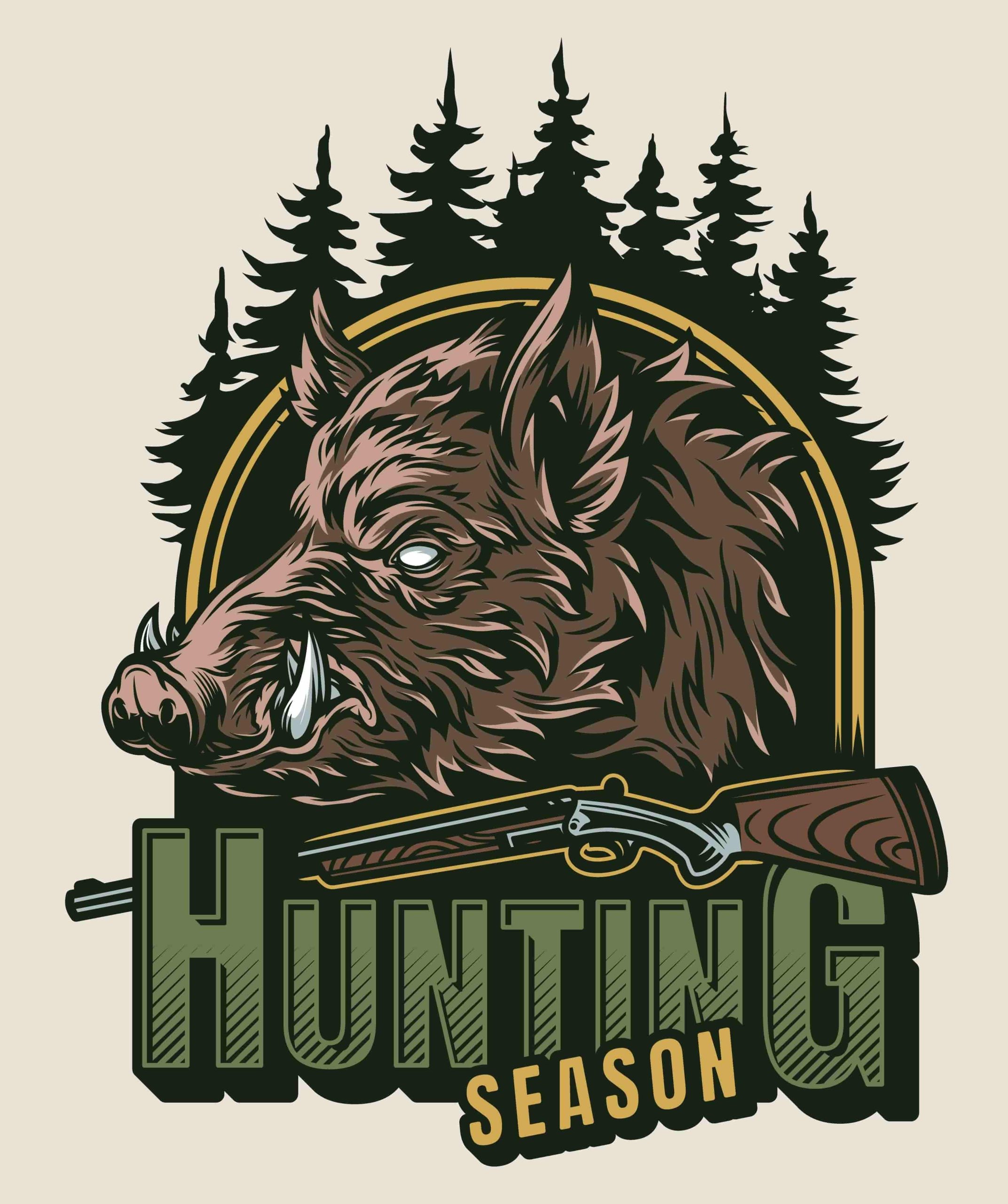Wild boars, also known as feral hogs, have established themselves as one of the most adaptable and resilient species across Texas, thriving in various environments from dense forests to open grasslands. Their behavior is a fascinating study in survival and adaptation, marked by their nocturnal habits aimed at avoiding human contact and the scorching daytime heat. These creatures possess a highly developed social structure, usually moving in groups called sounders, which are typically led by one or more dominant females. Males, on the other hand, tend to lead more solitary lives, especially those that are older and larger. Their diet is incredibly diverse, allowing them to consume a wide range of food sources, from roots and tubers dug up with their strong snouts to crops, insects, and small animals, showcasing their omnivorous nature. This dietary flexibility, combined with a lack of natural predators, has led to their prolific spread across the state. Additionally, their intelligence and wariness make them challenging quarry for hunters, requiring a deep understanding of their habits and preferences to successfully track and manage their populations. In the context of Texas’s vast landscapes, these behaviors underline the importance of strategic management practices and ethical hunting to maintain the balance between wild boar populations and the ecosystems they inhabit.
The Diverse Habitats of Texas Wild Boars
Texas’s diverse geography offers a plethora of environments that support wild boar populations, each with its unique challenges and opportunities for both the boars and those seeking to understand or manage them. The East Texas Pineywoods, with its thick underbrush and abundant water sources, provides an ideal setting for these animals, offering both food and cover. Moving to the central part of the state, the Hill Country presents a more rugged terrain, where boars are often found near riverbeds and natural springs, utilizing the rocky outcrops for shelter. In the southern region, the brush country offers a dense thicket environment that can be nearly impenetrable, giving boars ample hiding spots and foraging opportunities. These habitats not only reflect the adaptability of wild boars but also highlight the importance of localized management strategies that take into account the specific ecological characteristics and challenges of each area. Conservation efforts and hunting regulations are thus tailored to address the unique dynamics of wild boar populations in these regions, ensuring that control measures are both effective and environmentally sensitive. For hunters and wildlife enthusiasts, understanding these habitats is crucial for ethical engagement with the wild boar populations of Texas, whether it be through photography, wildlife observation, or hunting, each practice demands a respect for the natural world and a commitment to sustainability.
Managing Wild Boar Populations
The challenge of managing wild boar populations in Texas is met with a variety of innovative and traditional approaches, reflecting the complexity of the issue and the need for sustainable solutions. One notable example is the work of the Texas Parks and Wildlife Department, which implements a multifaceted strategy that includes public education, research, and regulated hunting to control boar numbers while ensuring the safety and balance of the state’s ecosystems. Additionally, private landowners and hunting outfitters, such as Hog Wild Adventures and Boar Creek Ranch, play a significant role in population management through guided hunts that follow ethical and conservation-minded practices. These hunts not only help to keep boar numbers in check but also provide economic benefits to local communities and contribute to the broader conservation efforts within the state. Furthermore, the use of technology, including night vision equipment and GPS tracking, has enhanced the effectiveness of these efforts, allowing for more precise and humane management practices. The collaboration between governmental bodies, private stakeholders, and the hunting community underscores the complex nature of wild boar management in Texas, where respect for wildlife, ecological balance, and community safety converge in the pursuit of sustainable coexistence. The presence of wild boars across the state’s diverse landscapes presents both challenges and opportunities for management and conservation efforts. Here are key takeaways from our exploration:
- Adaptability and Intelligence: Wild boars have shown remarkable adaptability to various environments in Texas, leveraging their intelligence to thrive.
- Diverse Habitats: From the dense forests of East Texas to the rugged terrains of the Hill Country and the dense thickets of the South, wild boars have made a home in a wide range of environments, each offering different challenges for their management.
- Importance of Ethical Management: The efforts by the Texas Parks and Wildlife Department, along with private landowners and hunting outfitters, highlight the importance of ethical practices in controlling wild boar populations while respecting the ecosystems they inhabit.
- Community and Economic Impact: Beyond ecological considerations, the management of wild boar populations also impacts local communities and economies, underscoring the need for a balanced approach to wildlife management.
As we continue to navigate the complex relationship between humans and wild boars in Texas, it’s clear that education, ethical hunting, and innovative management strategies will be key in ensuring the sustainability of both the state’s ecosystems and the wild boar populations that roam them.




